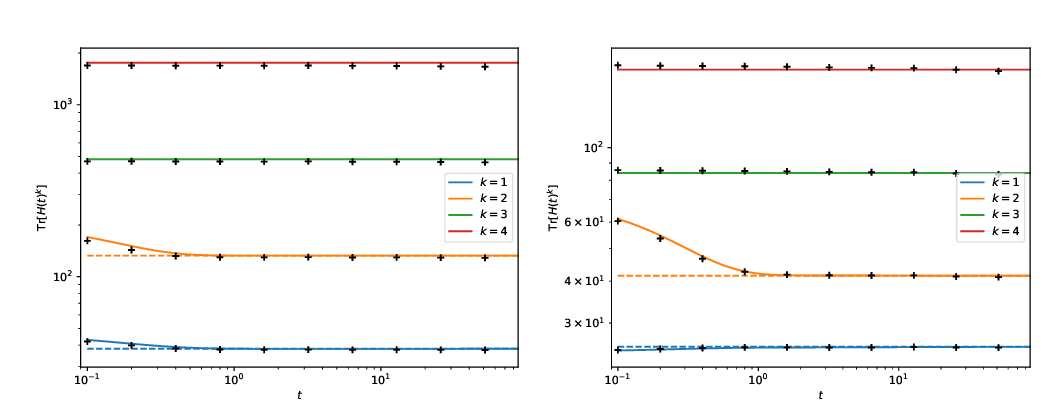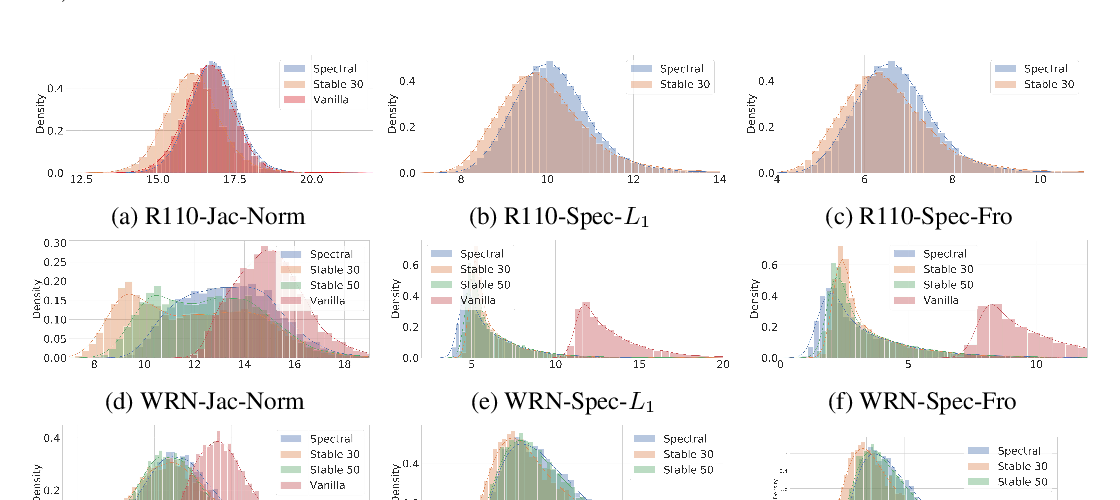Abstract:
Recent research shows that the following two models are equivalent: (a) infinitely wide neural networks (NNs) trained under l2 loss by gradient descent with infinitesimally small learning rate (b) kernel regression with respect to so-called Neural Tangent Kernels (NTKs) (Jacot et al., 2018). An efficient algorithm to compute the NTK, as well as its convolutional counterparts, appears in Arora et al. (2019a), which allowed studying performance of infinitely wide nets on datasets like CIFAR-10. However, super-quadratic running time of kernel methods makes them best suited for small-data tasks. We report results suggesting neural tangent kernels perform strongly on low-data tasks.
1. On a standard testbed of classification/regression tasks from the UCI database, NTK SVM beats the previous gold standard, Random Forests (RF), and also the corresponding finite nets.
2. On CIFAR-10 with 10 – 640 training samples, Convolutional NTK consistently beats ResNet-34 by 1% - 3%.
3. On VOC07 testbed for few-shot image classification tasks on ImageNet with transfer learning (Goyal et al., 2019), replacing the linear SVM currently used with a Convolutional NTK SVM consistently improves performance.
4. Comparing the performance of NTK with the finite-width net it was derived from, NTK behavior starts at lower net widths than suggested by theoretical analysis(Arora et al., 2019a). NTK’s efficacy may trace to lower variance of output.



